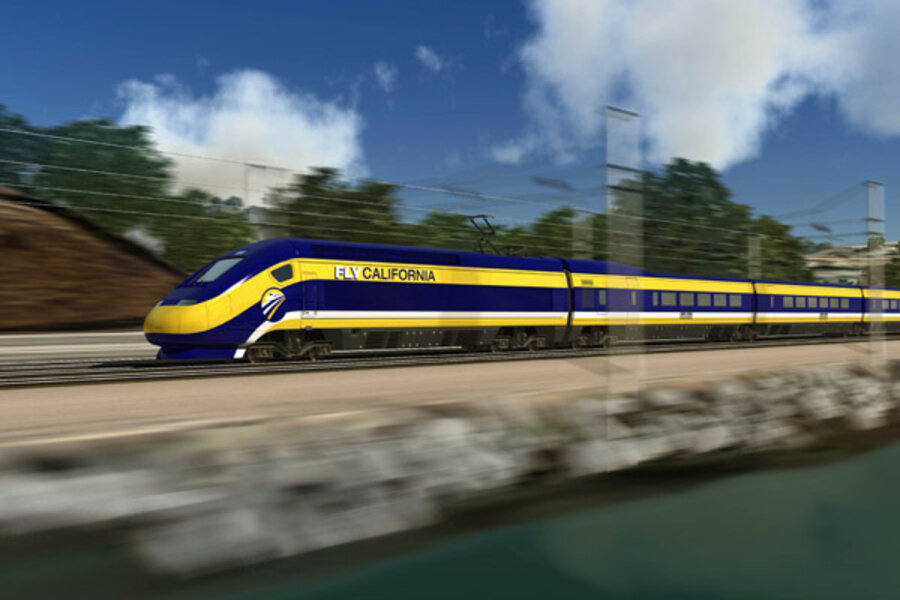California rail project: Who should pay?
Loading...
California's High Speed Rail will likely cost $100 billion dollars to build and operate. Who should pay for this? Given that the bulk of the benefits of this project will accrue to the people of California, it's not crazy to ask the people of California to pay for it. But, the people of California are eager to spend "other people's money" and the Obama Administration has offered a fairly large upfront investment. As reported in this blog, the Obama Team is asking some tough questions focused on whether large deficit California will ante up and put roughly $3 billion of its own $ to pay for the train. An interesting game of "Chicken" is emerging. Will the Obama Team pull their Federal $ for the train if California doesn't pay its "fair share"? During this time of national and state deficits, is this project a "good project"?
You might think that a $200,000 economic consulting study would be a valuable input in the decision process but I don't know of any consulting team with blue chip credentials who has been brought in to conduct this analysis. In my "rational" world of public policy, the benefits and costs of each option are explored and quantified and the "known unknowns" are identified BEFORE an irreversible multi-billion dollar investment is made. This is especially true in the case of rail that has a long history of not delivering the benefits its advocates promised before the project was implemented. For folks looking for objective evidence that substantiate these points; please read this Don Pickrell paper and my 2005 Brookings Institution paper with Nate Baum-Snow.








